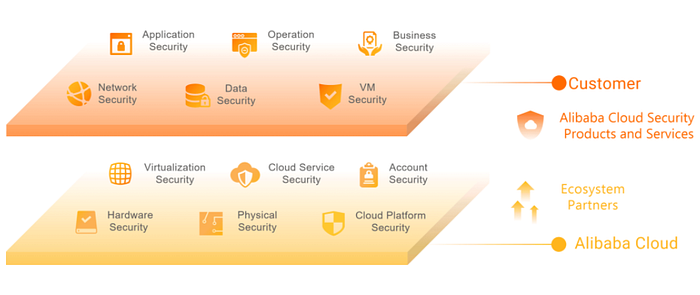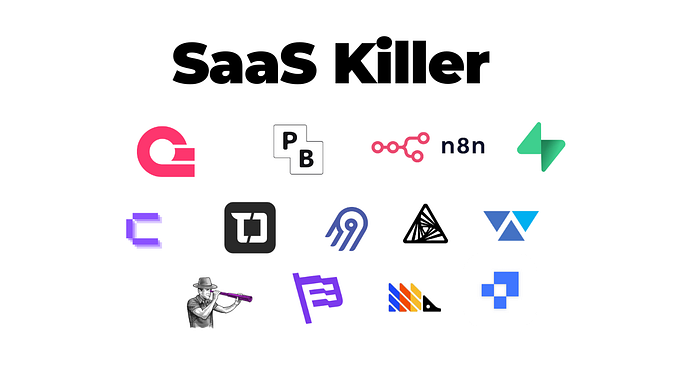Best Practices: Migrating from On-Premises to the Cloud (Part 2)

By Shantanu Kaushik
In the previous article of this series, I discussed the major considerations for making the shift from an on-premises solution to a cloud system. I touched on various topics including security, cost, and performance scenarios to consider before migrating to the cloud. I also outlined the need for a pre-migration strategy before migration to ensure a seamless migration for businesses.
I’ve also introduced the Alibaba Cloud Server Migration Center (SMC), and discuss how it can be used for incremental migration and automatic migration. In this article, I will discuss the scenarios for post-migration, including:
- Replication and Synchronization of processes
- Business Integration and Management with Business Intelligence (BI)
- Migrating Legacy Data and Applications
- Post-Migration Challenges and Solutions
Replication and Synchronization
The Server Migration Center (SMC) supports incremental copy operations; this is the time to implement that process. You have already used the Server Migration Center (SMC) to copy the first snapshot to the cloud. Here you can use the automatic migration process to let SMC take care of everything. Alternatively, you can select what and what not to migrate.
Alibaba Cloud offers tailored solutions to handle your data in case of major operational changes that may create technical issues with the migration. While configuring SMC, you should pay extra attention to:
- Data Latency
- Deleted Data migration
- Structure issues with Database
- Read about Data Transmission service for database migration needs and solutions
- Schema Migration
- Sequential transfer of modules one after the other.
Business Intelligence | Integration & Analytics
Business Intelligence with Quick BI is highly recommended. Migrating the analytics capability from your on-premises practice to Alibaba Cloud can be achieved with Quick BI. It is a complete solution that offers data analytics, exploration, and mass data reports for better and full-fledged understanding. It supports drag-and-drop features that add to the overall visual representation of reports to help any business easily quantify and contemplate business intelligence needs.
By using Alibaba Cloud Quick BI, you can take advantage of years of historical data to take your business to new heights, overcoming any shortcomings you might have had with an on-premises approach. New and improved future business strategies can be formulated based on the already present BI data, with projections calculated based on the reports by Alibaba Cloud Quick BI.
Legacy Data | Applications
Every organization that is undergoing a cloud migration will have legacy tools and applications that are being used to help with their organizational needs on the on-premises setup. Some of these tools may already be available for the cloud, but some custom tools and related data will have to be migrated to work your newly found cloud setup.
You can either upgrade these applications to support newer platform and features, or you can migrate these applications to Alibaba Cloud, depending on the language and platform they are built on. Support for such applications is extended by migrating code with the Web+ service.
While doing this you must remember:
- You can use the Web+ service for application deployment
- You must create backup to rollback to when introducing legacy applications into the mix
- Go through configuration scenarios independently.
- Use Alibaba Cloud support for any concerns or help.
- Sort out the usage application data and discard whatever is not needed
- Run a security check on application and services at different intervals
- Do not wander from the strategy that you kept in place for the migration operation.
Post-Migration Challenges
Security Challenge
I have already discussed the major security feature advantages of cloud over on-premises. However, your enterprise may still face with additional security challenges while adapting to a new, cloud-based platform. During the migration process and after it, you need to make sure that you utilize the security products provided by your cloud provider such as Alibaba Cloud. The Server Migration Center (SMC) will provide you with a pre- and post-migration assessment to provide you a complete overview of how and what was migrated. A successful migration can be achieved if you follow your strategy and checklist.
You will have multiple products and services to choose from ranging from Infrastructure as a Service (IaaS), Platform as a Service (PaaS), and Software as a Service (SaaS).
Here is a visual comparison of these services:

You may also want to select the best security solution to enable and use with different modules of your cloud setup. Alibaba Cloud defines different security products depending on infrastructure security, business, identity, data, and service security.

Data Modeling Challenge
Cloud supports multiple schemas; the type of database solution you are using may be different to the one you are migrating to. Alibaba Cloud helps you overcome this challenge through ourdatabase migration solution with Data Transmission Service (DTS). I will discuss the details of using DTS in upcoming articles.
You need to have a data model in place that will help you keep you services up and ready for any post-migration hiccups with data and data types. Alibaba Cloud ApsaraDB RDS for PostgreSQL is an excellent solution to overcome maximum compatibility issues with your migrated data.
Adopting DevOps
Alibaba Cloud DevOps model is an extremely agile solution. If you wish to build applications for the cloud and you are expanding into the delivery side of things, you can adopt DevOps as a solution. Alibaba Cloud provides excellent support for open-source tools like Docker and Kubernetes for containerization, microservices, Jenkins for Continuous Integration (CI), and automation among many other tools are services that are required for a seamless DevOps practice.
Conclusion
In this two-part series on migrating from on-premises to cloud, I outlined the need for a strategy before you start the migration process. The need for adequate training for personnel working on newer cloud-baed technologies can’t be understated. Rescuing your core-business values that have worked for you till now and how to work with evolutionary needs to expand these business values to your newer setup.
I also introduced the Server Migration Center (SMC) as a one-stop-solution for all migration needs. Thereafter, we discussed how you should implement security post-migration of your data and services.
Alibaba Cloud provides you with the tools and services you need to ensure a successful migration. All you need to do is to make use of the resources they offer to their proper potential.
Next In Line
- Database Migration with Alibaba Cloud
- Data Transmission Service — What and How to?
The views expressed herein are for reference only and don’t necessarily represent the official views of Alibaba Cloud.









